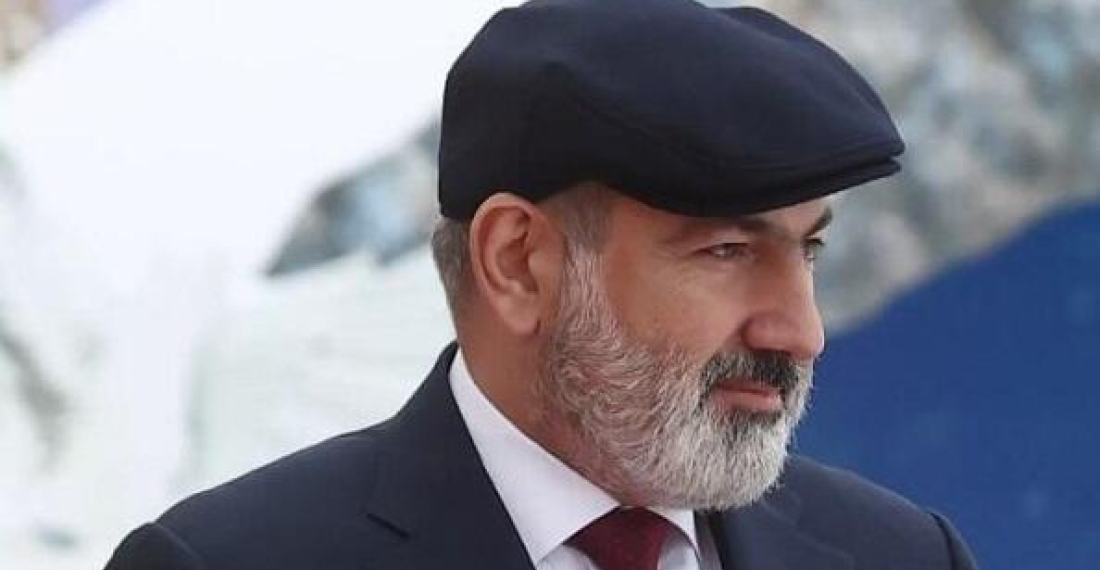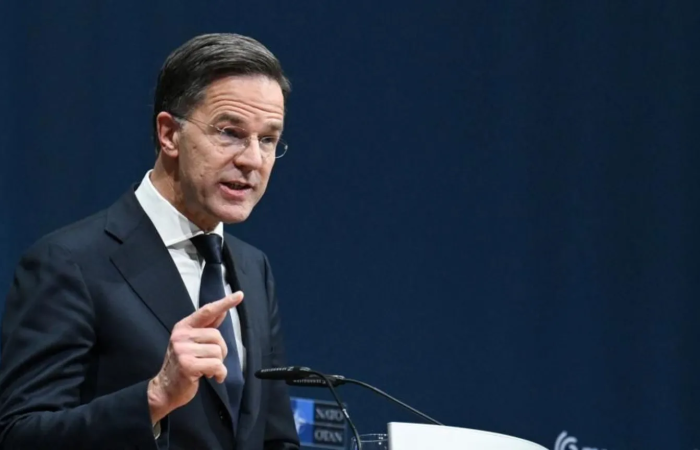Nikol Pashinyan is a populist. Whether on the domestic or international scene, it is difficult to consider him a statesman. Populism defines his words and permeates his actions. But in comparison with those leaders before him, he is also a rarity in Armenia’s post-independence history – he is a democratically elected leader. Despite the devastating defeat in Armenia’s recent war with Azerbaijan in 2020, Pashinyan emerged victorious in snap parliamentary elections held just seven months later.
But democratically elected does not necessarily mean democratically inclined. On the same campaign trail, Pashinyan brandished a steel hammer, adorned with a ribbon in the colours of the Armenian flag. It was intended to “fall down” on “empty heads,” he said. When a complaint was filed with the constitutional court, he emerged victorious again. The hammer, it was claimed, symbolised a “dictatorship of law and justice,” not an incitement to violence.
Despite concerns about such rhetoric, it hardly changed anything. Running against candidates from two former regimes helped. Pashinyan was more skilled in communicating with the masses and seen as a better choice. He was also ready to embrace nationalism when necessary. In the 2018 street protests that propelled him to power, he donned a camouflage t-shirt and grew his beard, co-opting the image of a fedayi ready to fight and die for his country on behalf of the people.
Mobilising symbolism and props by political leaders is not new, of course. They "serve as a visual metaphor, as a metonym, as a concrete illustration of an abstract concept, or […] evidence that a certain event took place,” a December 2020 paper on their use by Israel’s Binyamin Netanyahu explained. “[They] echo and accentuate the identity and worldview of the speaker, but may also give rise to meanings that undermine the speaker’s intention.”
Pashinyan’s “Artsakh is Armenia, full stop,” was exemplary of that as was Alen Simonyan’s misguided social media post from Aghdam. Wife Anna Hakobyan was also less than successful with her “Women for Peace” initiative. Dressed up in military uniform and posing for the camera looking down the sights of an assault rifle in Karabakh, war with Azerbaijan broke less than a month later.
But Pashinyan continues.
Even his newly-worn flat cap, identifying him as a “man of the people,” only solicited merriment on social media and deflected other criticism. Another, a cut-out of the internationally recognised territory of Armenia, comes complete with a second representing the tiny Armenian enclave of Artsvashen in Azerbaijan. It is now being used to depict why four non-enclave villages, de jure part of Azerbaijan's Gazakh region contiguous to Armenia’s Tavush, should be returned.
It is a far cry from other maps Pashinyan has used in the past and which many Armenians had become accustomed to. In early 2020, for example, the prime minister used mockup passports, emblazoned with a map of Armenia including Karabakh and the surrounding seven regions of Azerbaijan, as part of his aborted referendum campaign. Last month, alongside his cutout map, there were even three egg-timers, each in one of the colours making up the country’s tricolour.
Was time running out for Armenia? Judging from Pashinyan’s statements that was the message he sought to convey. Azerbaijan would launch a new offensive if the non-enclaves were not returned, he claimed. But it also represented far more.
“There is a transition from historical Armenia to real Armenia,” Pashinyan stated last month, possibly marking a monumental paradigm shift in traditional Armenian thinking. Such comments could be construed as sacrilegious given a history dating back thousands of years, but once again he appears to face no significant opposition for doing so. Even if his ratings have fallen, Pashinyan is again breaking the mold.
There has even been talk of changing the constitution to remove references construed as making territorial claims on neighbouring countries, and also changing the national anthem. The opposition claims that this is all so Pashinyan can distance himself from an era characterised by poverty, corruption, and eventually catastrophic military defeat by transforming the third republic into a fourth.
He denies the claims.
This is “about the duality that exists in each of us – historical Armenia and real Armenia,” he claimed last June. “Should real Armenia serve historical Armenia or should historical Armenia serve real Armenia? After all, 6 of the 12 capitals of historical Armenia are located in the territory of the Republic of Armenia. But when was the last time you were in those capitals? […] Our historical symbols are in ruins today. […] certain [historical] capitals located outside Armenia may turn out to be in better condition than those located in [Armenia].”
Whatever the reasons, was he serious?, I asked one of his former prominent associates last month in Tbilisi. No other political figure in Armenia would dare say such things, was the response. Another prominent former colleague called such moves important as we chatted after I recently interviewed him in Yerevan.
Perhaps, if populism arguably contributed to the last war and the loss of Karabakh it could also be used to usher in a new era of peace and regional integration, coincidentally relegating nationalist narratives and mythologies of old to the annuls of history. It will also prove instrumental to maintaining Pashinyan's rule. In 2013 he already used the slogan of “Real Armenia” but at that time to rally for an Armenia without Serzh Sargsyan. In 2018 it succeeded.






